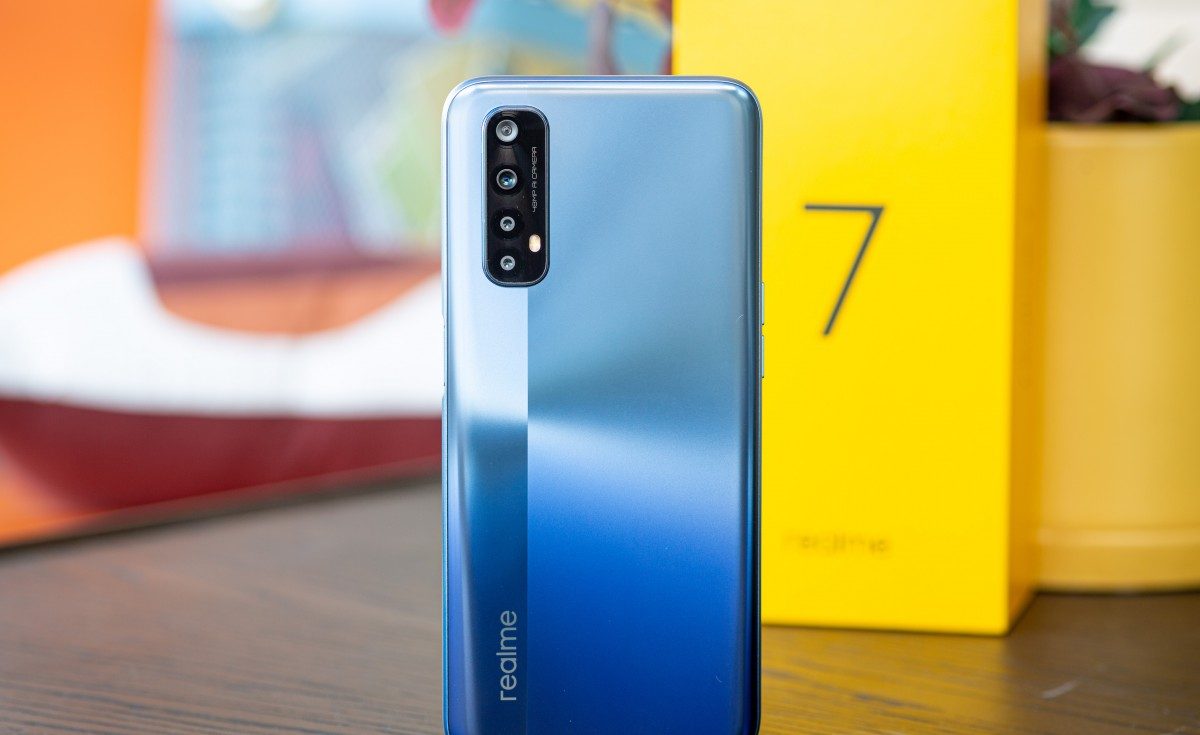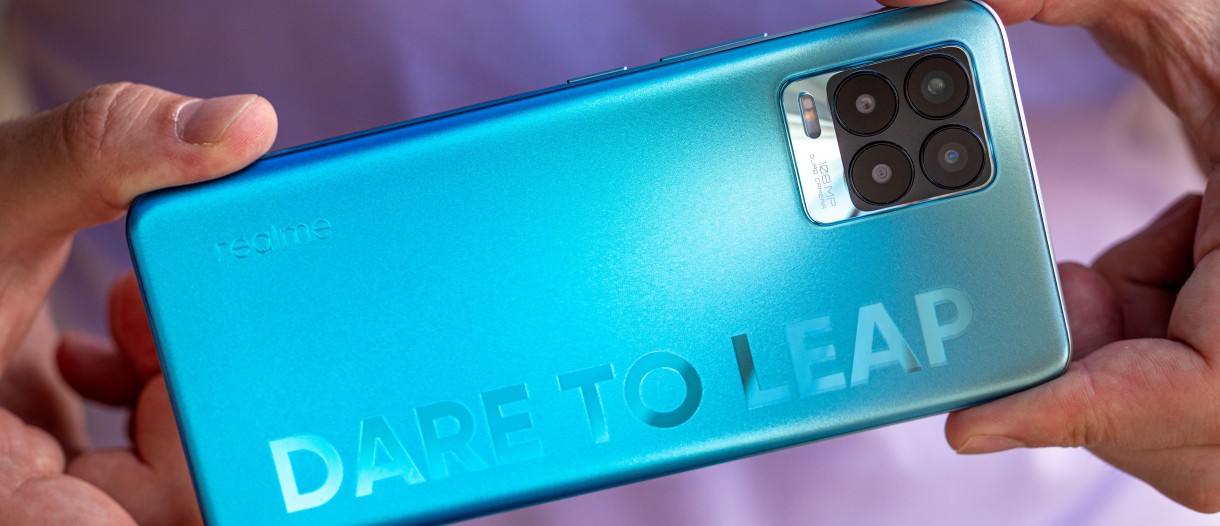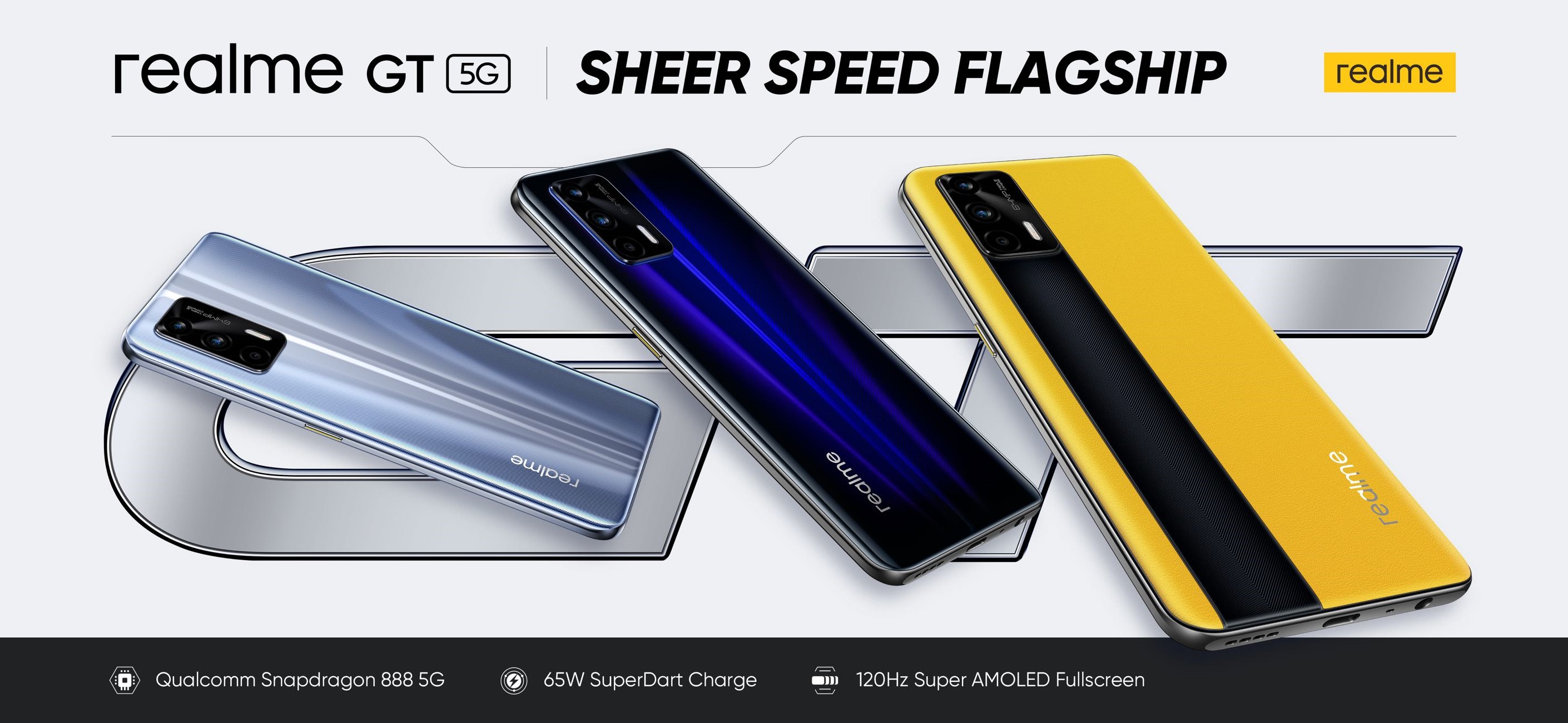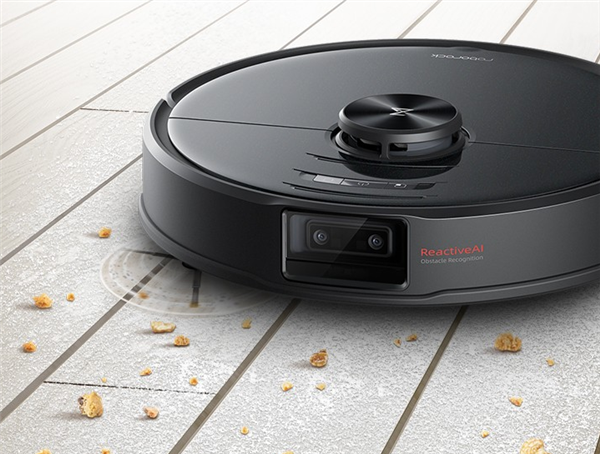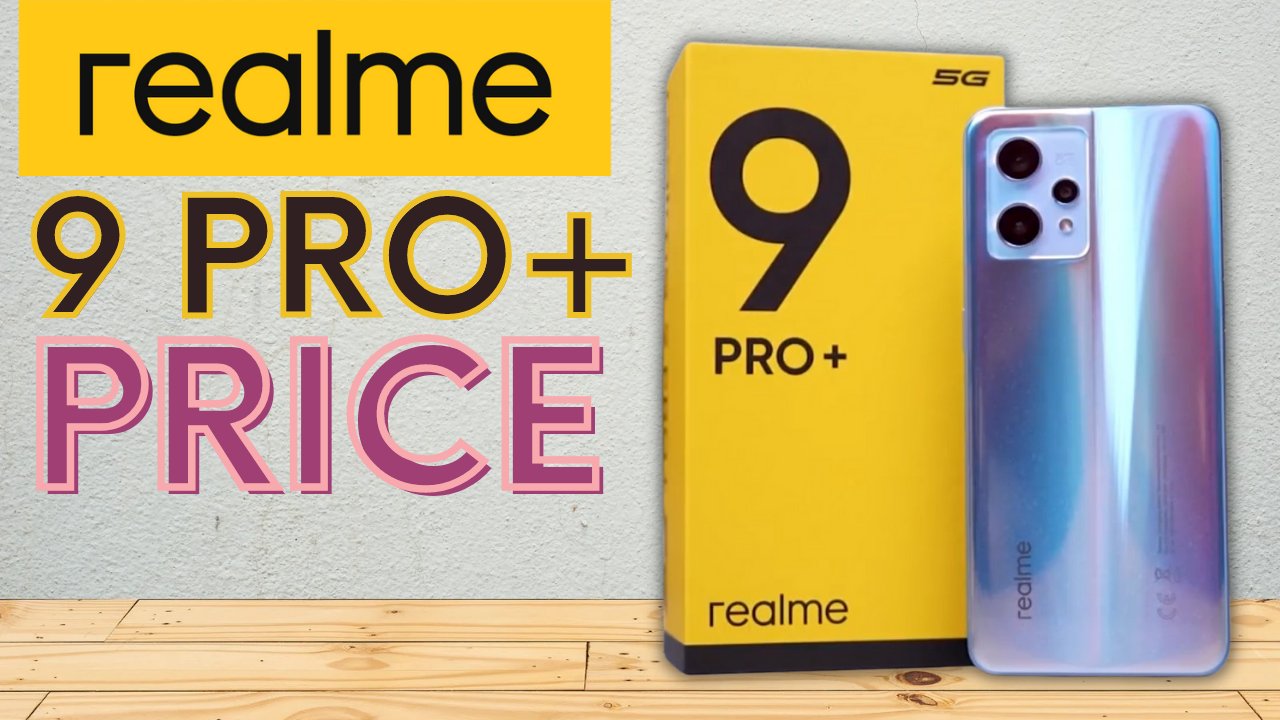1.About the design
The Realme 7 is a reminder of just how far budget phones have come in the last few years. This is a handset which isn’t a million miles away from 2017’s top-of-the-range iPhone X in terms of looks, with a large 6.5in display covering the front of the screen. The bezels are there – a couple of millimetres thick all the way round, and slightly more pronounced on the chin – but it’s good looking, and there’s no notch in sight, with a pin-hole camera located on the top-left-hand corner of the screen.
Flip it over and you get your first big clue that this phone is aimed at budget consumers: the back is quite obviously plastic to the touch. That said, it does a good impression of premium, with a neat two-tone design, split by a vertical divide along the camera bump. Said bump, by the way, houses four lenses in a traffic light formation, and sits a millimetre out from the back, meaning the Realme 7 does have a tendency to wobble when placed on its back.
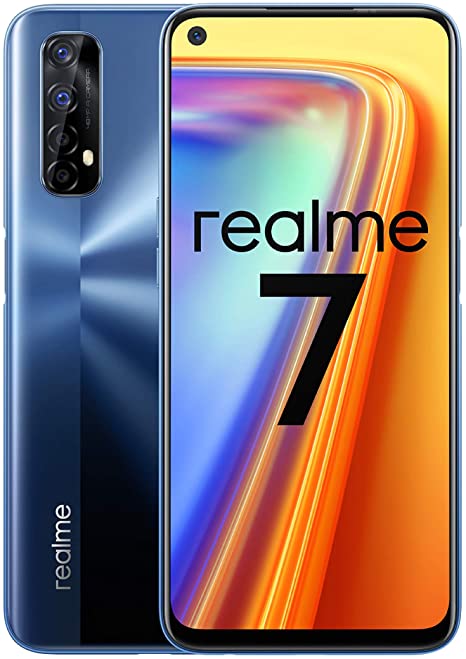
2.Screen
The Realme 7’s 6.5in screen is an IPS LCD number, with a resolution of 1,080 x 2,400 – which translates to a pixel density of 405ppi.
As displays go, it’s decent if unspectacular – which would be fine if budget handsets weren’t getting better and better at providing a lot for the low cost of entry. Our tests revealed an sRGB gamut coverage of 93% and a gamut volume of 107% – far from the worst we’ve seen, but not up there with the screens on Xiaomi’s budget Redmi Notes or the sensational Poco X3 NFC. Contrast is good at 1294:1, though, while brightness is equally dependable, reaching a high of 438cd/m2 in our tests.
3.Performance
And what of the performance? Can a MediaTek processor finally impress us? In the past, the company’s chips have played a distinct second fiddle to Qualcomm and Kirin processors in the world of Android hardware, but things have been looking up with recent releases.
Realme 7 is powered by an octa-core 2.05GHz MediaTek G95 chip, which in our case is backed by 8GB of RAM.
The Realme 7 is a far stronger performer than the Qualcomm Snapdragon 665 that powers both the Moto G8 and Redmi Note 8T, and it’s not far off the Snapdragon 720G in Realme 7 Pro.
It’s similarly impressive in terms of graphical performance, doubling the frame rate of the Qualcomm Snapdragon 665-toting Moto G8 and Redmi Note 8T in off-screen performance.
The 5,000mAh battery also puts in a solid performance, going an impressive 18hrs 26mins before going flat in our looped video test. That’s pretty good going, especially considering the Moto G8 Power Lite – a handset named for its stamina – only managed 90-odd minutes more. The only slight disappointment here is that the Realme 7 Pro only lasts 15 minutes less, despite losing 500mAh of battery capacity – that’s the benefit of an OLED screen and more power-efficient chip for you.
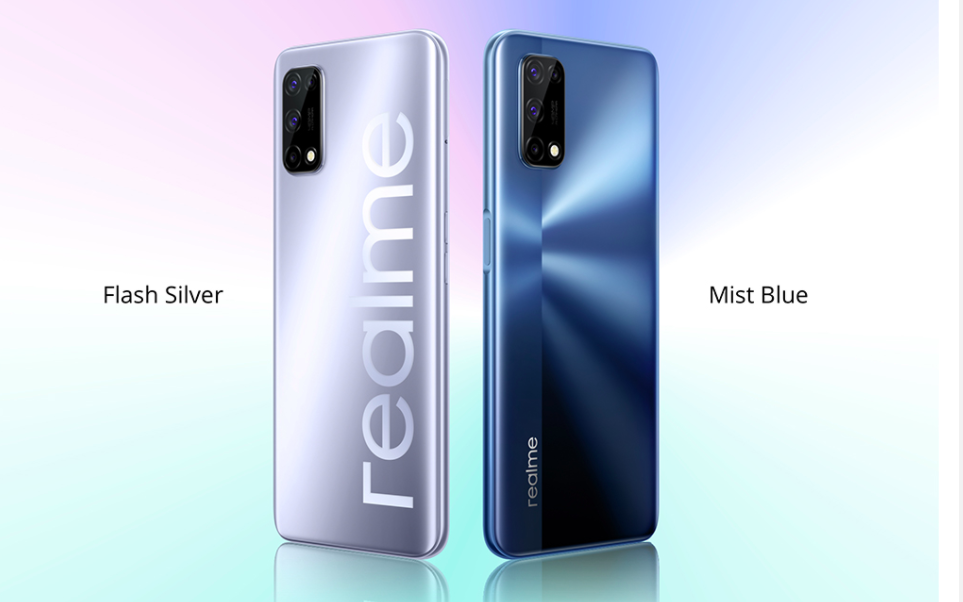
4.Camera
The main snapper is a 48-megapixel f/1.8 number, and it’s backed up by an 8-megapixel, f/2.3 ultrawide lens. There are also two 2-megapixel, f/2.4 lenses: one for depth sensing, and another for macro photography.
In terms of video, the Realme 7 will shoot 720p or 1080p footage in 30- or 60fps, and 4K at 30fps. There are no options for stablisation, but judging from my test videos, this is something that is disabled when you enable 60fps recording, making it too bumpy to be usable. Otherwise, the quality is reasonable, although sudden changes of lighting tend to overwhelm the camera for a moment, before the lighting levels return to normal.

